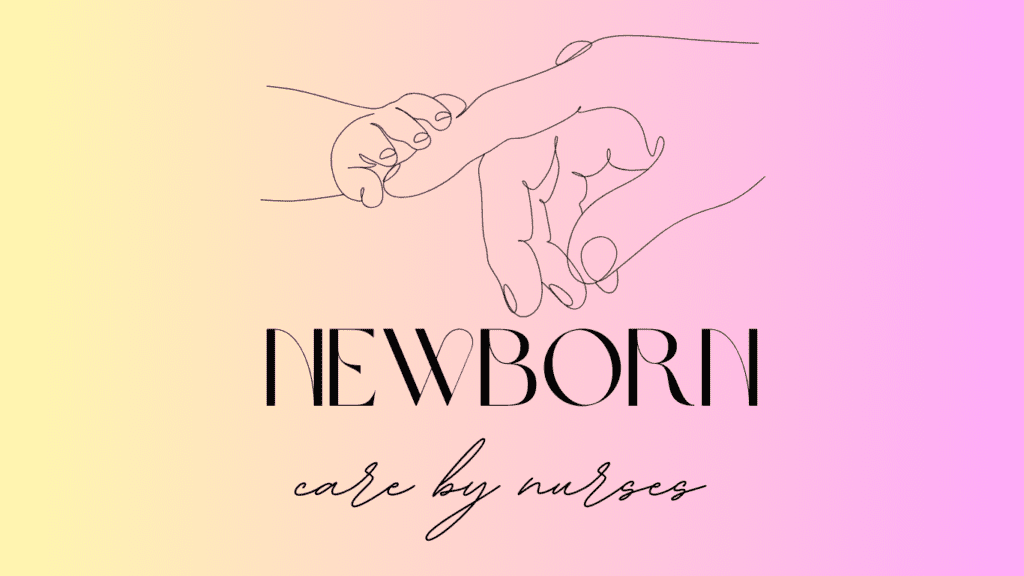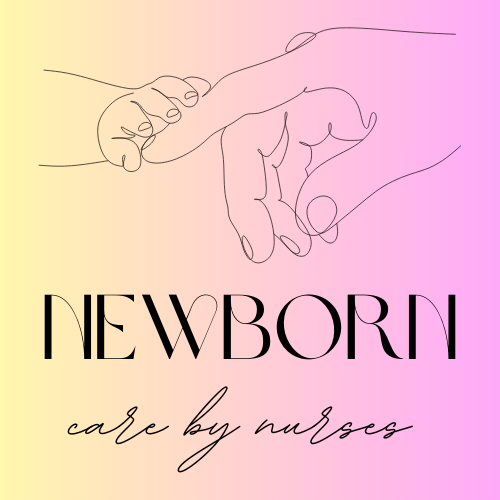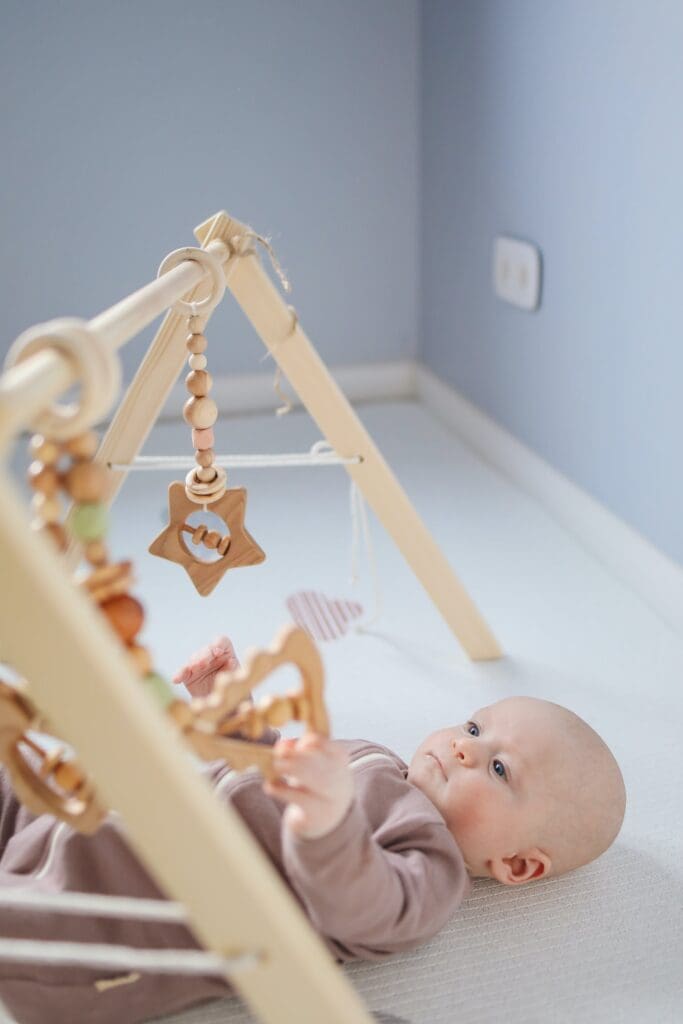Infant Milestones
Infant milestones refer to the development and achievements that are typically observed in infants during their first year of life. It’s important to note that every child develops at their own pace, and there is a range of normal variation. However, the following milestones are commonly seen during this period:
1. Motor skills:
– Around 2-3 months: Infants begin to lift their heads while lying on their stomachs and start to make purposeful movements with their arms and legs.
– Around 6 months: Many infants can roll over in both directions, sit with support, and might start crawling or scooting.
– Around 9-12 months: Babies can pull themselves up to a standing position, cruise along furniture, and some may even take their first steps.
2. Cognitive skills:
– Around 2-4 months: Infants become more alert, follow moving objects with their eyes, and begin to show interest in their surroundings.
– Around 6-8 months: Babies start to recognize familiar faces, respond to their own name, and grasp objects with better coordination.
– Around 9-12 months: Many infants can understand simple instructions, imitate sounds and gestures, and start to explore objects more purposefully.
3. Communication skills:
– Around 2-4 months: Infants begin to coo and make babbling sounds, often in response to their caregivers.
– Around 6-8 months: Babies may start babbling repetitive sounds like “ma-ma” or “da-da” without specific meaning.
– Around 9-12 months: Infants may say their first words, such as “mama” or “dada.” They can also understand simple gestures and respond to simple verbal requests.
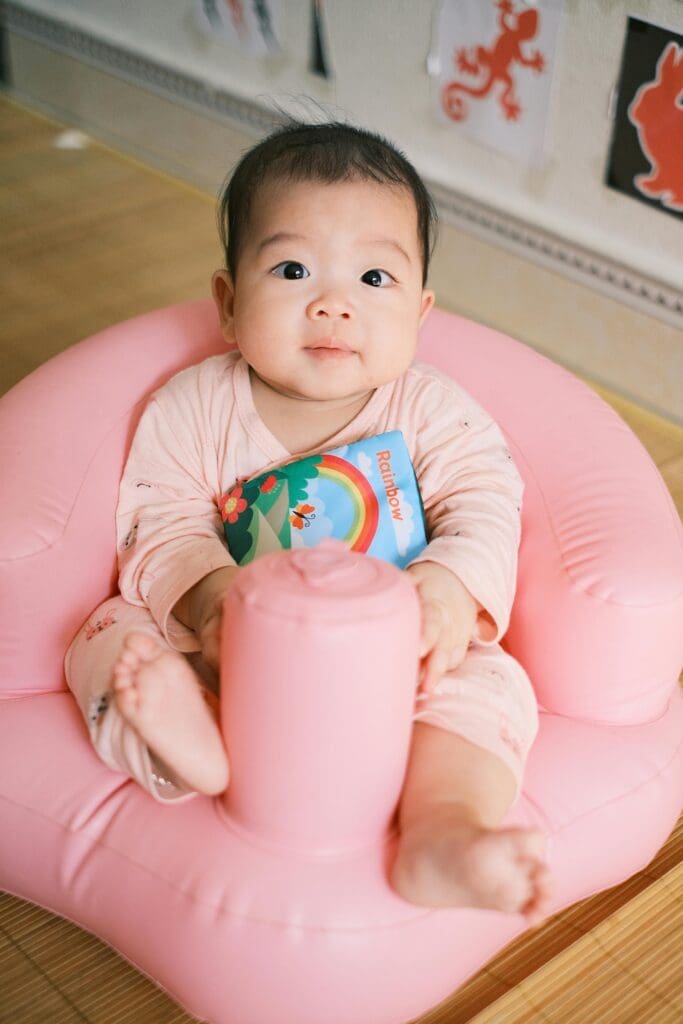
4. Social and emotional development:
– Around 2-4 months: Infants begin to smile in response to their caregivers, show more interest in interacting, and develop a stronger bond with their primary caregivers.
– Around 6-8 months: Babies may show stranger anxiety and become more selective about their interactions.
– Around 9-12 months: Infants exhibit more independence, actively seek attention, and show a range of emotions, such as joy, frustration, and curiosity.
Remember that these milestones are general guidelines and not strict timelines. If you have concerns about your child’s development, it’s always a good idea to consult with a healthcare professional for a more accurate assessment.
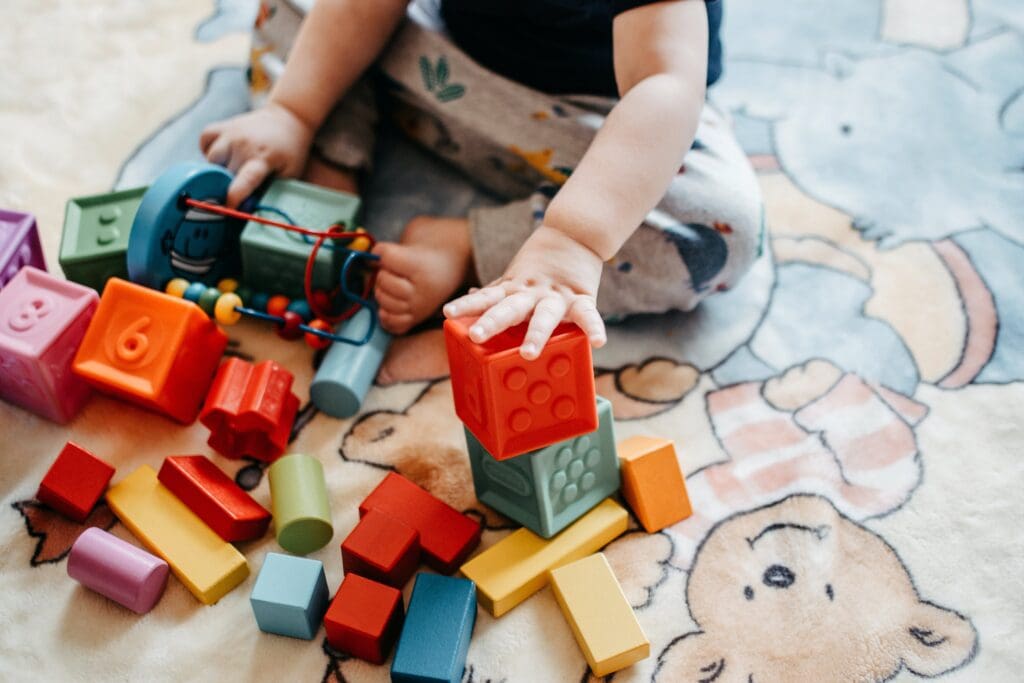
Toys, which ones do I get?
When choosing toys for infants, it’s important to select toys that are safe, age-appropriate, and stimulating for their development. Here are some toy suggestions for different infant stages:
Newborn to 3 months:
1. High contrast toys: Black and white or bold-colored mobiles, rattles, or simple stuffed animals can attract their attention.
2. Soft sensory toys: Toys with different textures, such as fabric or plush toys, can help stimulate their sense of touch.
3. Music toys: Simple musical toys or lullaby sound machines can provide auditory stimulation and soothing sounds.
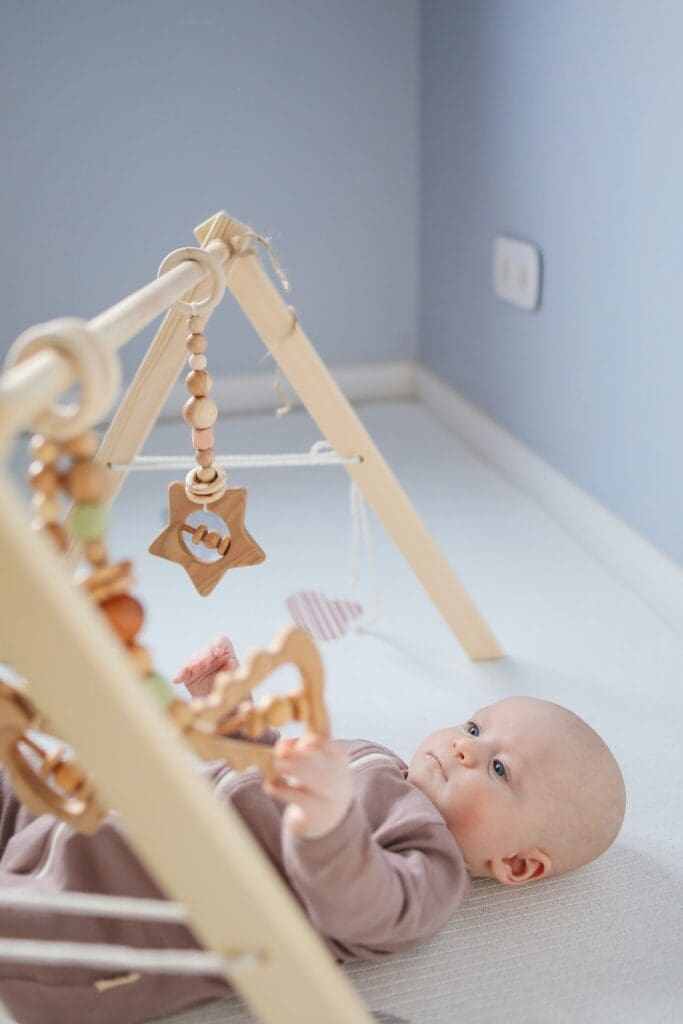
3 to 6 months:
1. Grasping toys: Toys with various shapes, textures, and sizes that are easy to hold and bring to the mouth can help develop hand-eye coordination and motor skills.
2. Teething toys: Soft, chewable toys designed for teething can provide relief to their sore gums.
3. Activity mats: Mats with hanging toys, mirrors, and different textures encourage reaching, kicking, and exploring.
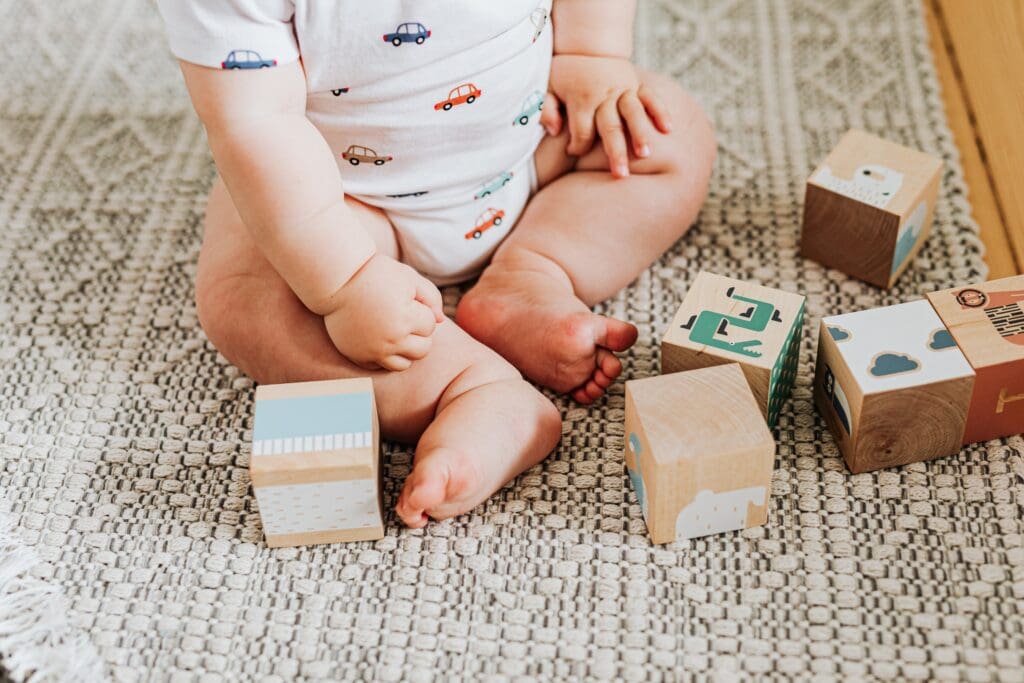
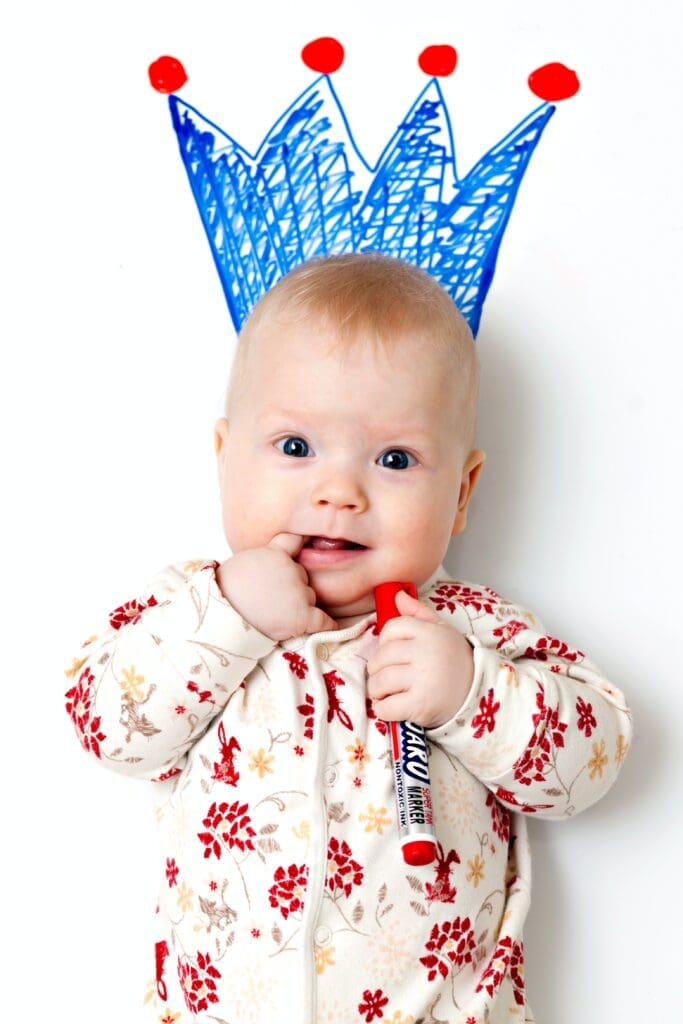
6 to 9 months:
1. Interactive toys: Toys that respond to a baby’s actions, such as push-and-pull toys or toys with buttons that produce sounds, can help promote cause-and-effect understanding.
2. Stacking cups or blocks: These toys encourage fine motor skills, problem-solving, and exploration.
3. Soft books with textures: Cloth or board books with interactive elements like textures or flaps can engage their senses and promote early literacy skills.
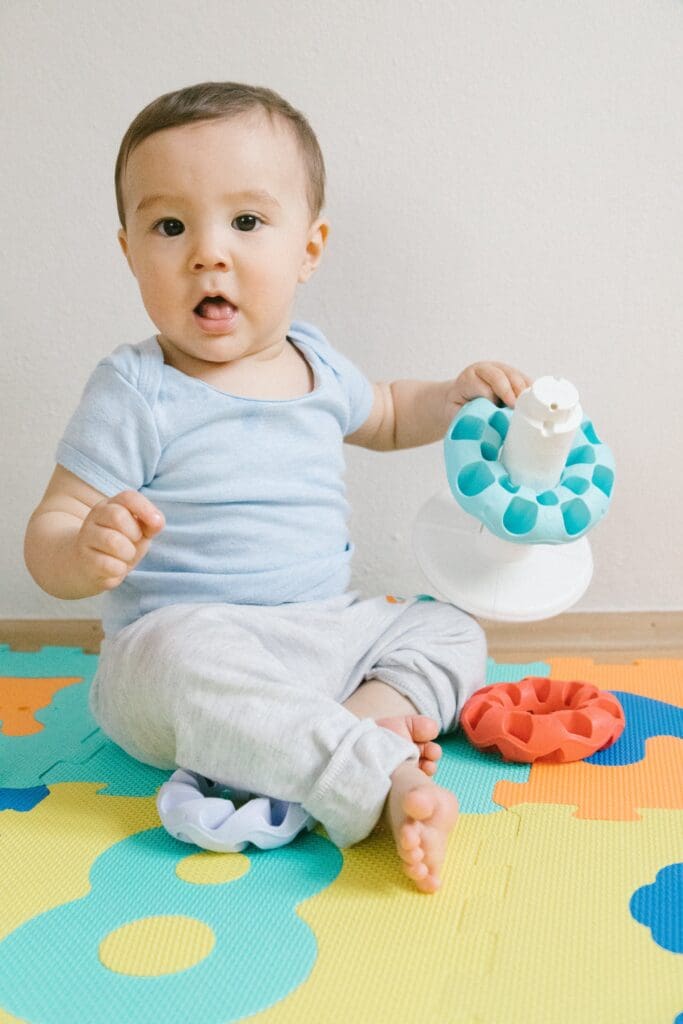
9 to 12 months:
1. Shape sorters: Toys that require matching shapes with corresponding holes can enhance fine motor skills, hand-eye coordination, and problem-solving.
2. Push toys: Sturdy toys that assist in walking and encourage gross motor skills development.
3. Nesting or stacking toys: Toys that can be stacked, nested, or sorted by size help develop spatial awareness and problem-solving skills.
Remember, parental engagement and interaction with the baby during playtime are crucial. These are general suggestions, and every child may have different preferences and developmental progress. Observe your infant’s interests and abilities to choose toys that best suit their individual needs and promote their growth and exploration.
Easily gets the toys you need to offer stimulation without any effort!!
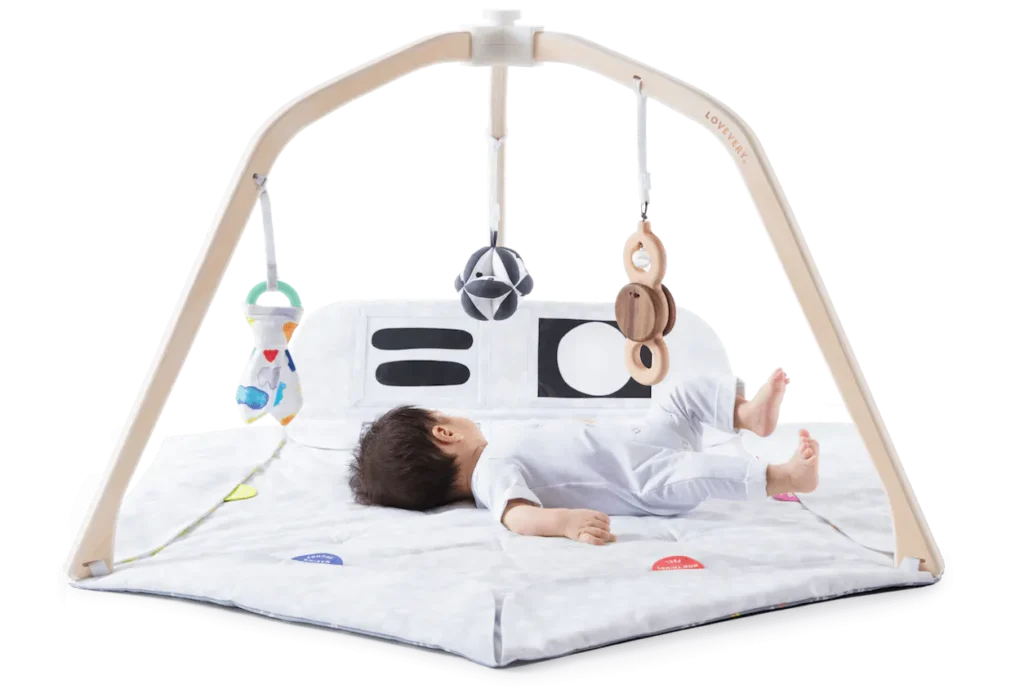
Lovevery: A subscription service that sends you what you need, when you need it!

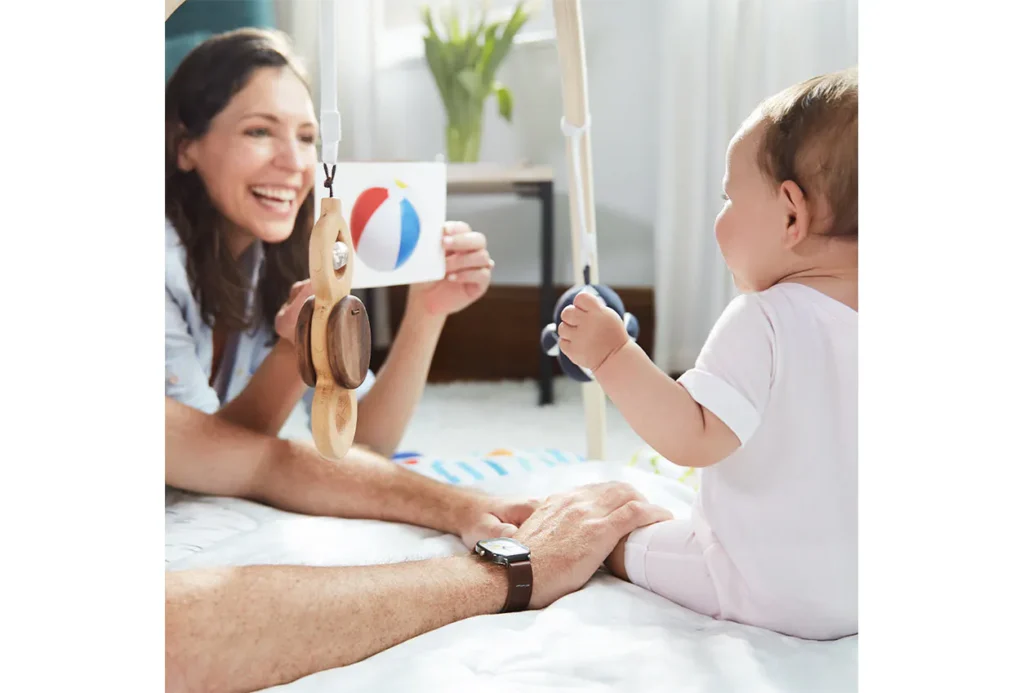
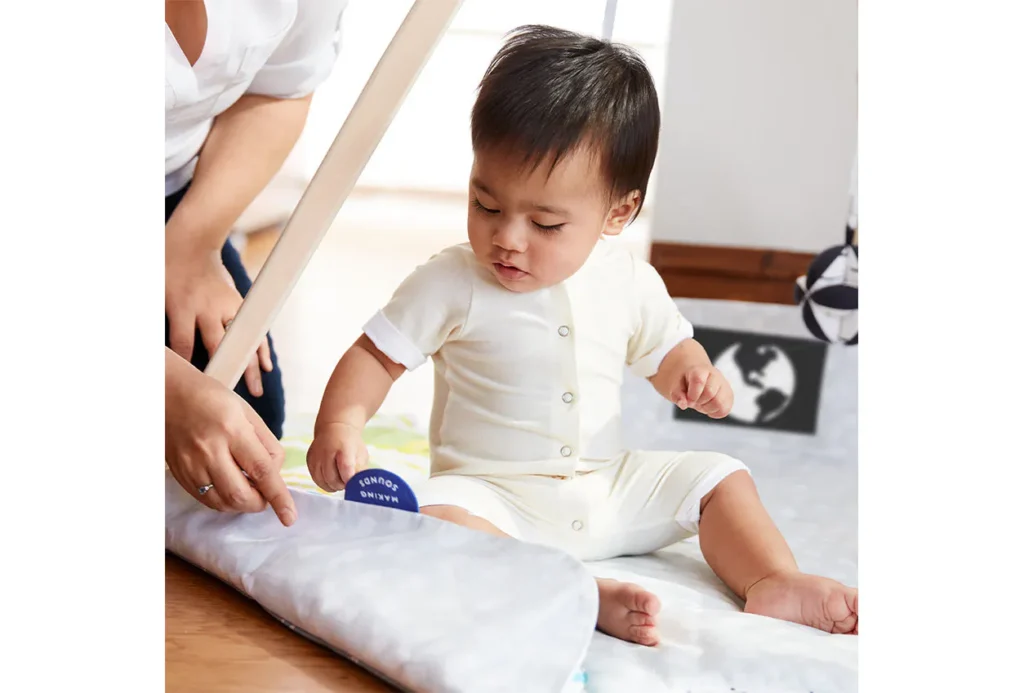
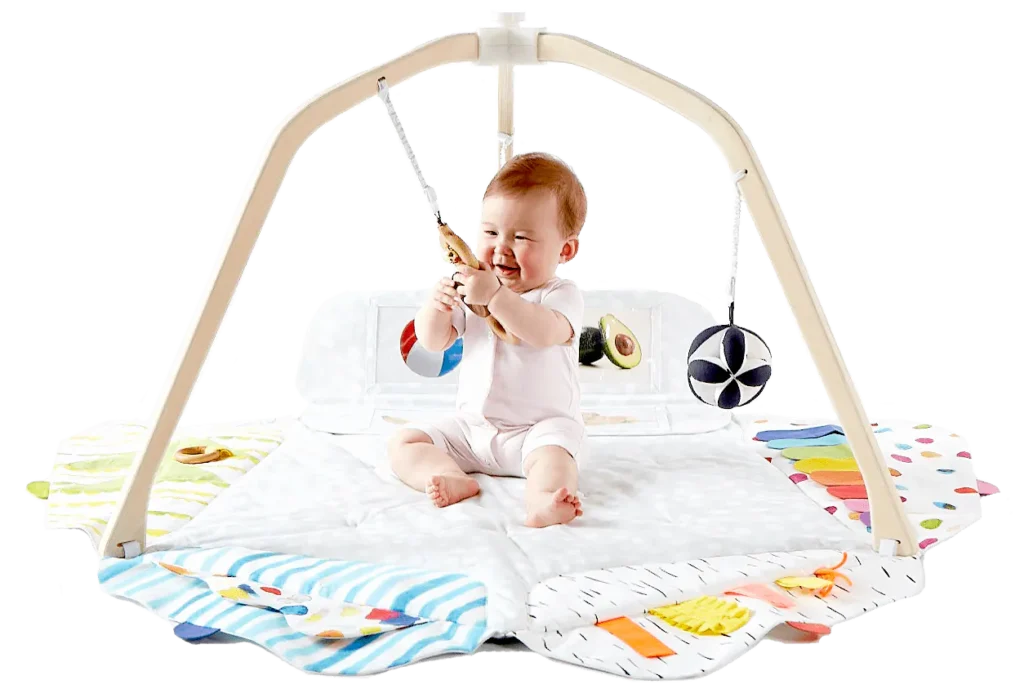

- By amandaturner
